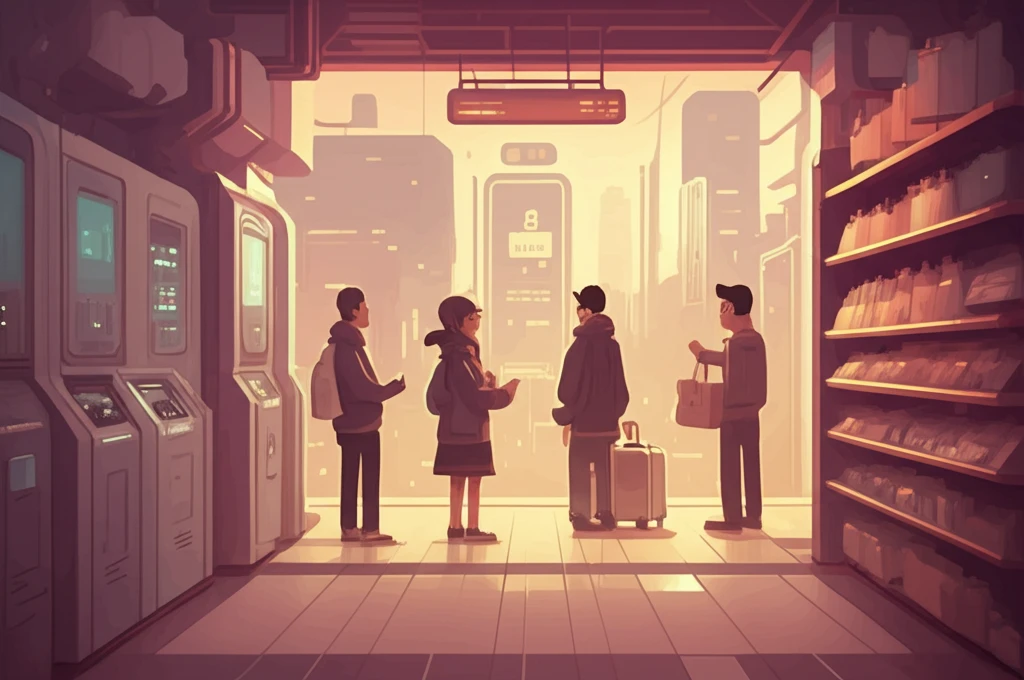
Refill Revolution: How Design Thinking Can Reshape Sustainable Retail
"Can the design thinking concept help retail companies like Siklus create a circular economy and win back consumers?"
The problem of waste, especially plastic from single-use packaging, is a growing concern in Indonesia. Consumers and companies alike are seeking ways to lessen their environmental impact, and that's where innovative retail models come in.
Siklus Refill Indonesia, a retail company, attempted to provide a sustainable solution by allowing customers to refill daily necessities. Since April 2020, Siklus has been operating in the Greater Jakarta area and has impacted 20,000 customers. However, a regulation from the Food and Drug Supervisory Agency (BPOM) has challenged its business model by restricting the sale of personal care products that come into direct contact with skin.
To adapt, Siklus is exploring a new business model using the design thinking concept. This approach focuses on understanding customer needs, generating business ideas, and creating a prototype for testing.
What is Design Thinking and How Can It Help?

Design thinking balances what people want with what is technically feasible and financially viable. By applying a designer's mindset, businesses can create value for both customers and the market.
- Empathize: Understand customers and their needs.
- Define: Gain a deeper understanding of customers' thoughts, feelings, and experiences.
- Ideate: Brainstorm and generate innovative solutions.
- Prototype: Develop a prototype of the product or service.
- Test: Test the prototype with users and gather feedback.
The Future of Siklus and Sustainable Retail
By using the design thinking concept, Siklus is transitioning to a "return from home" business model. Siklus will work to make everyday necessities more affordable. The cost of packaging will be reduced from the product and make the price lower than before.
